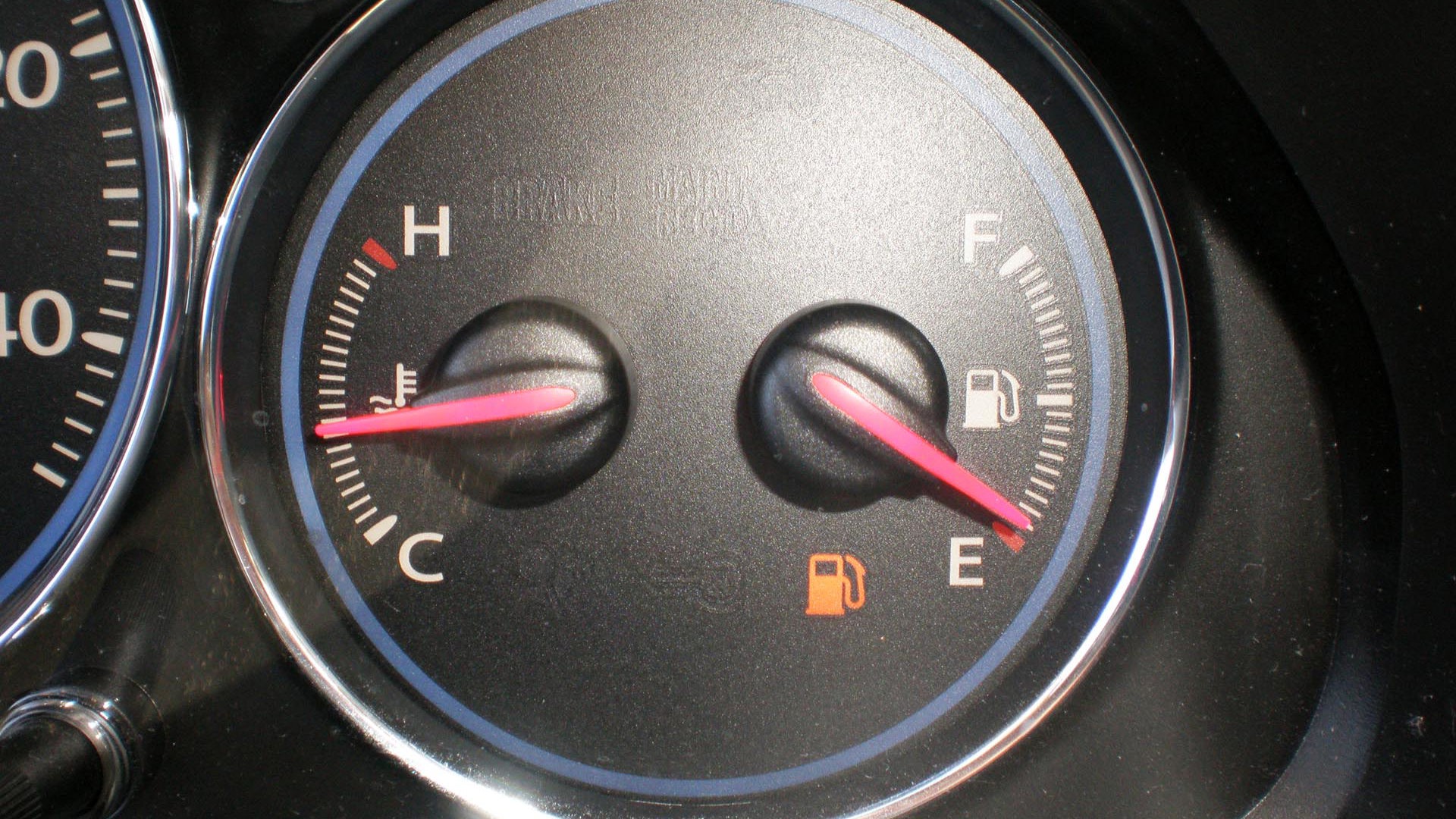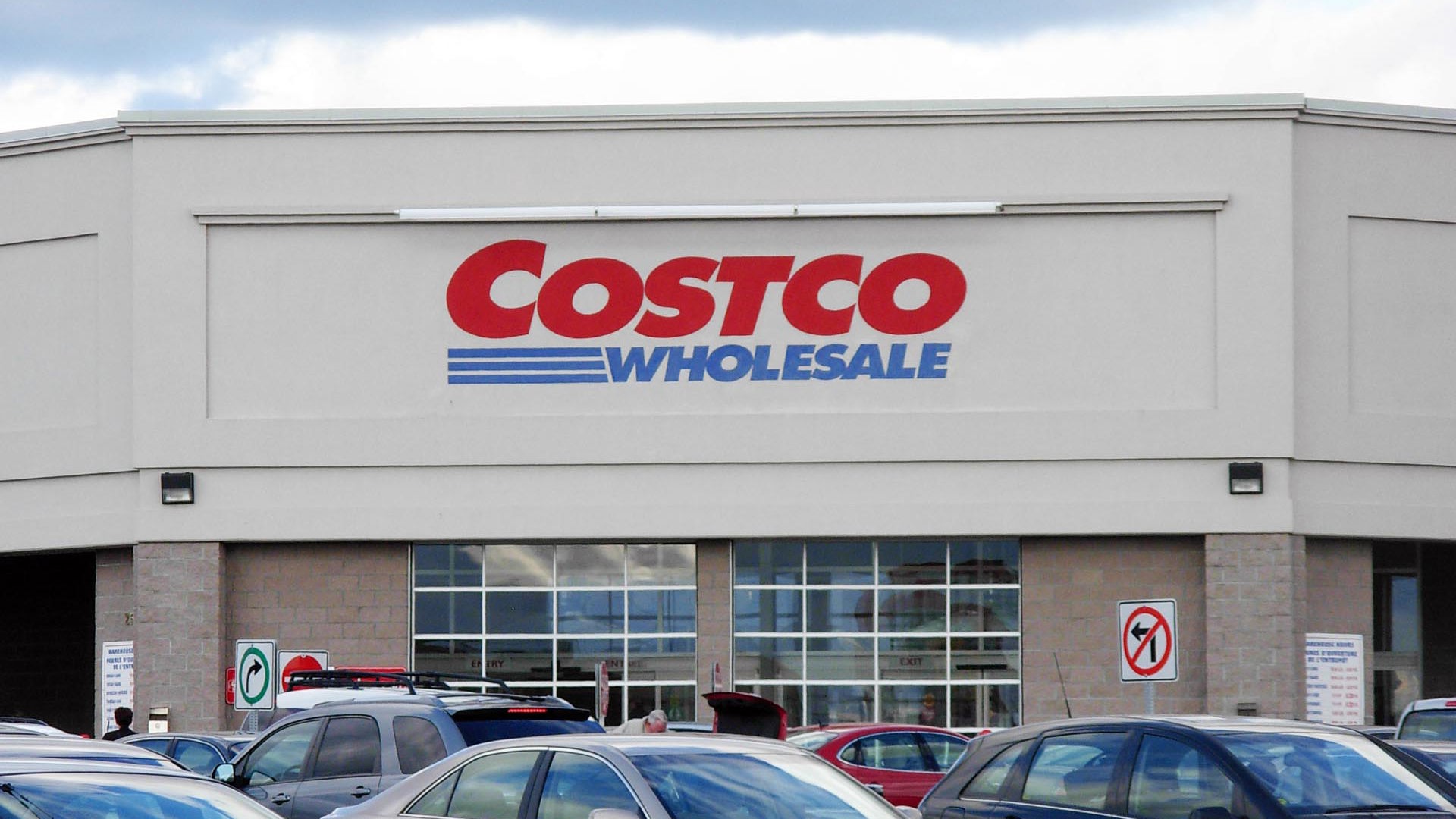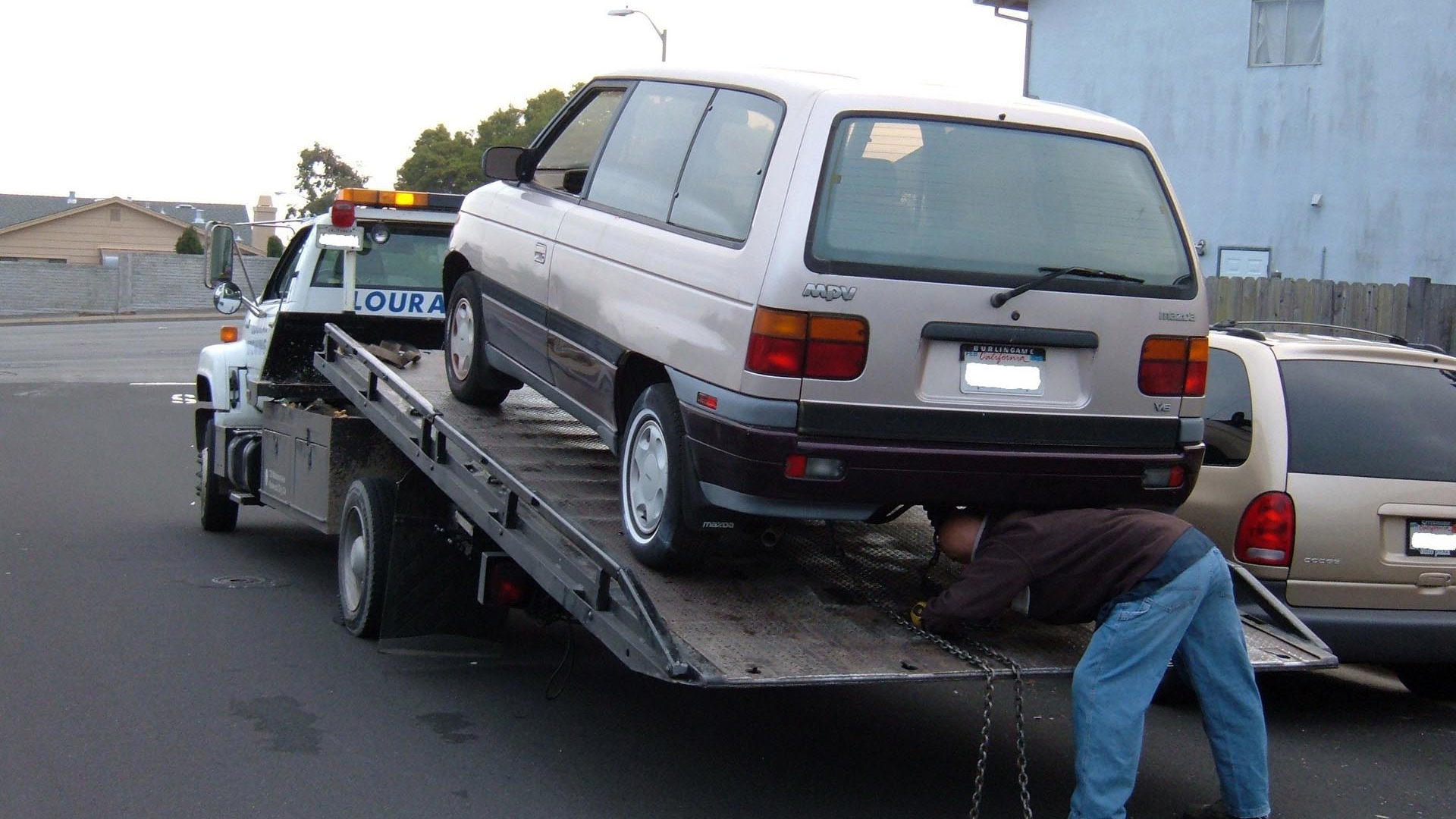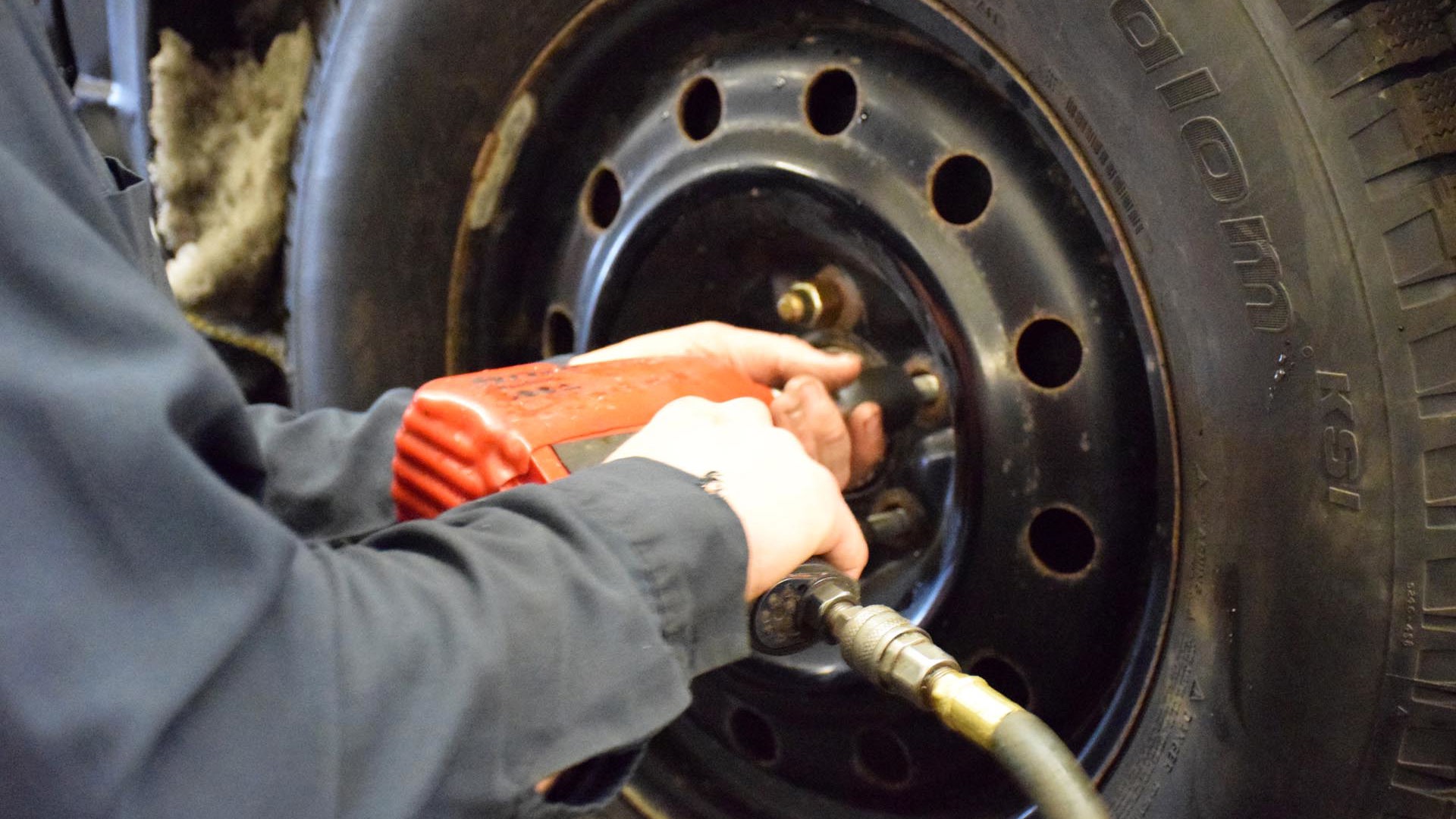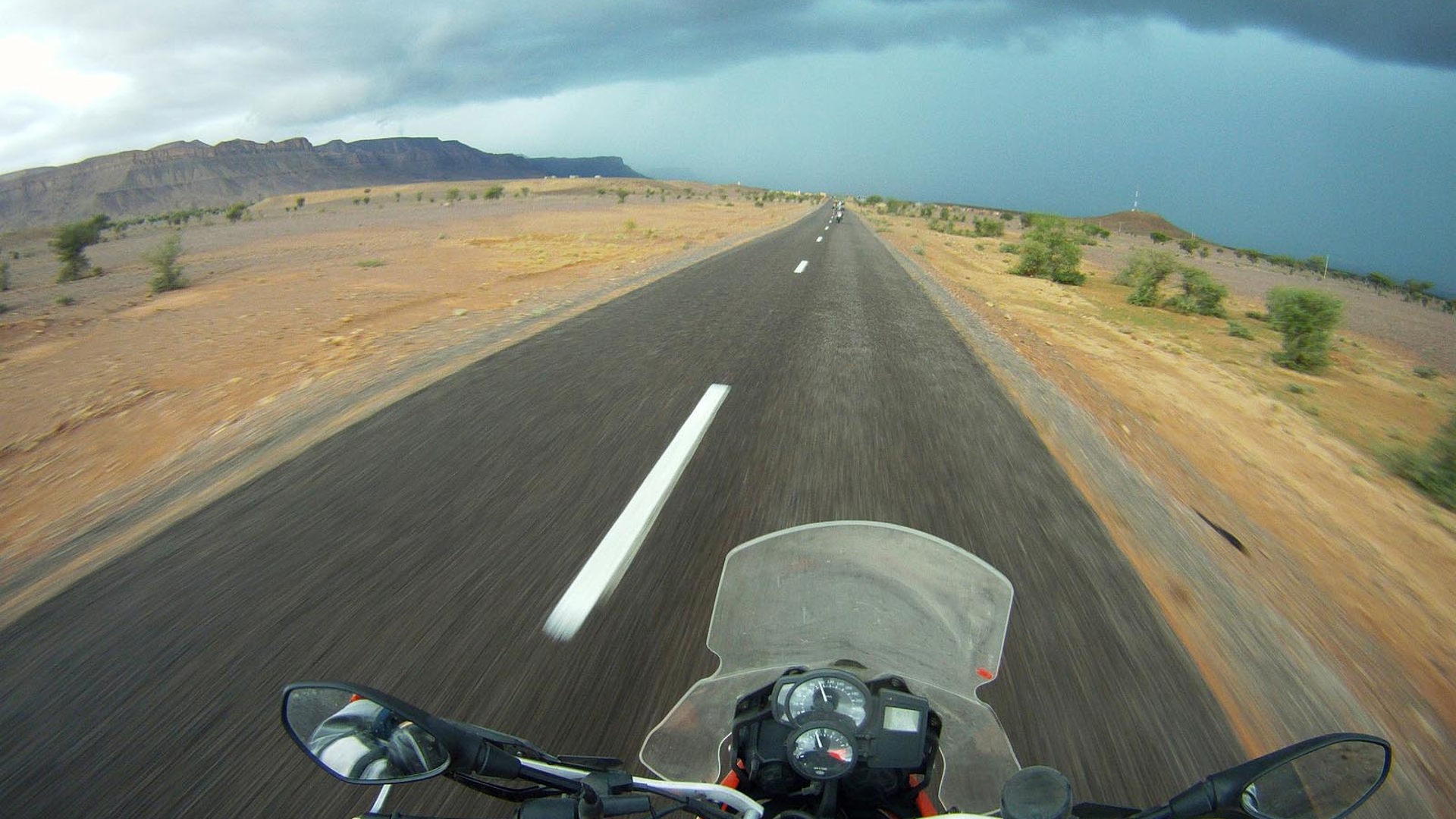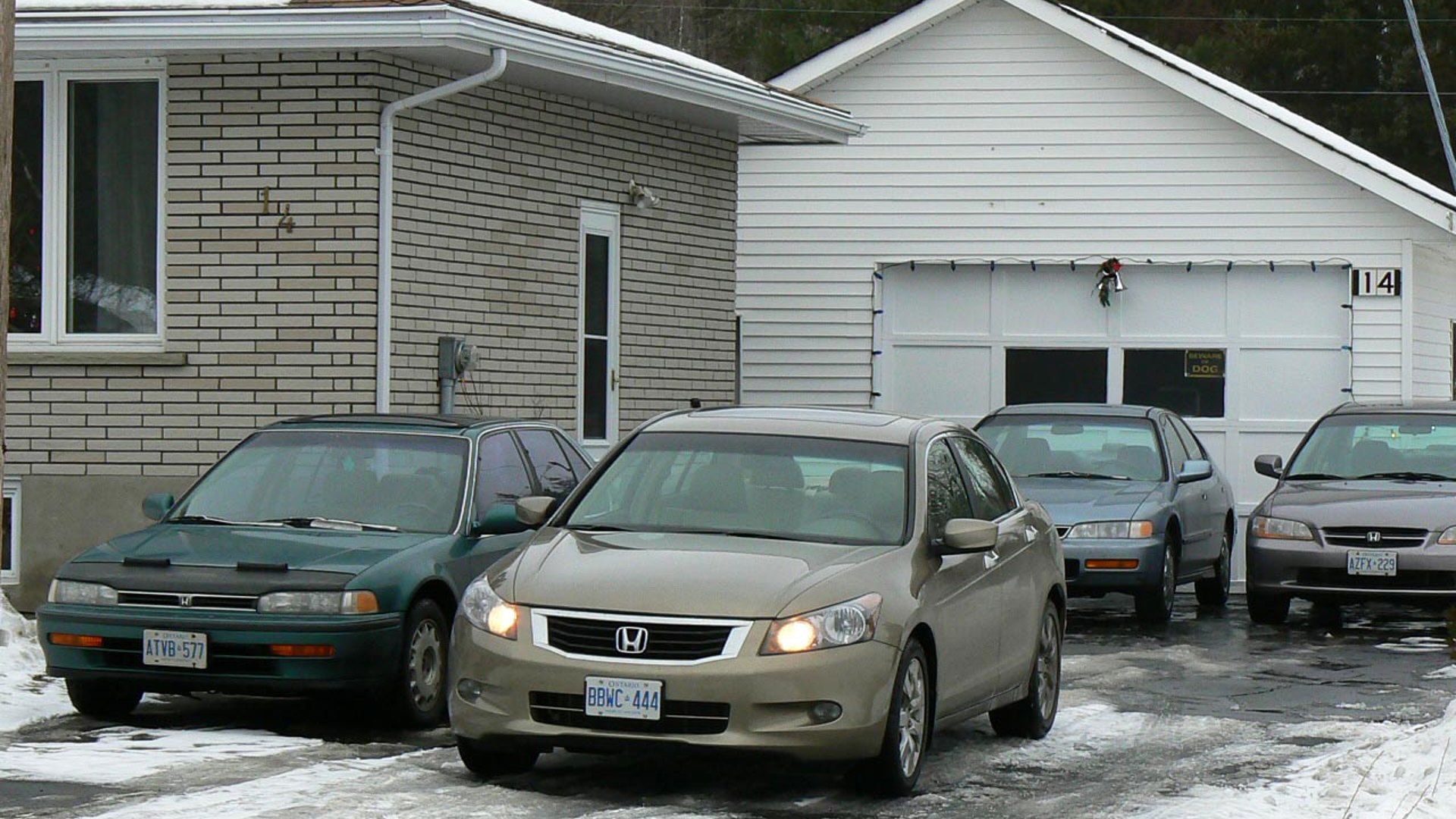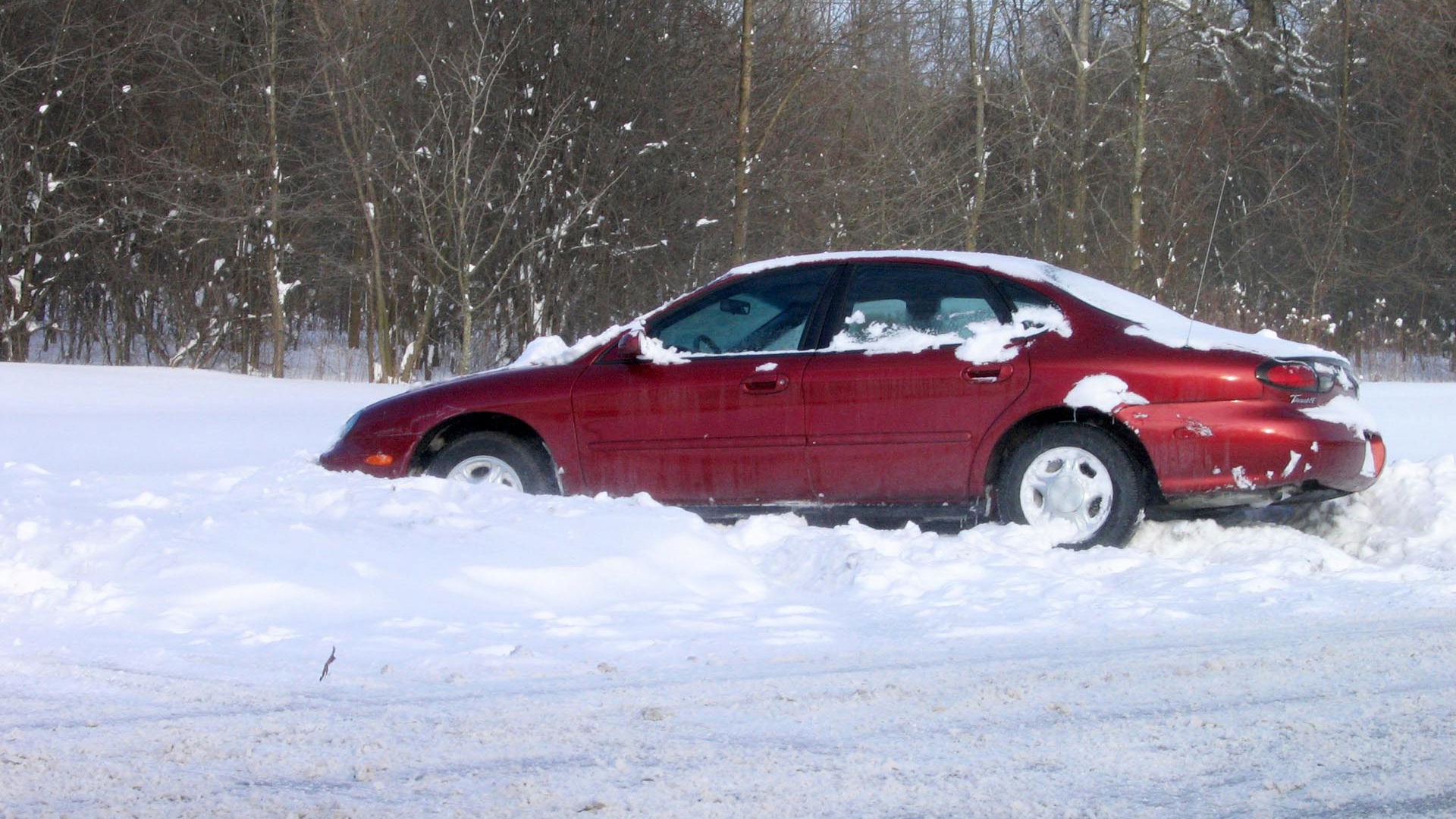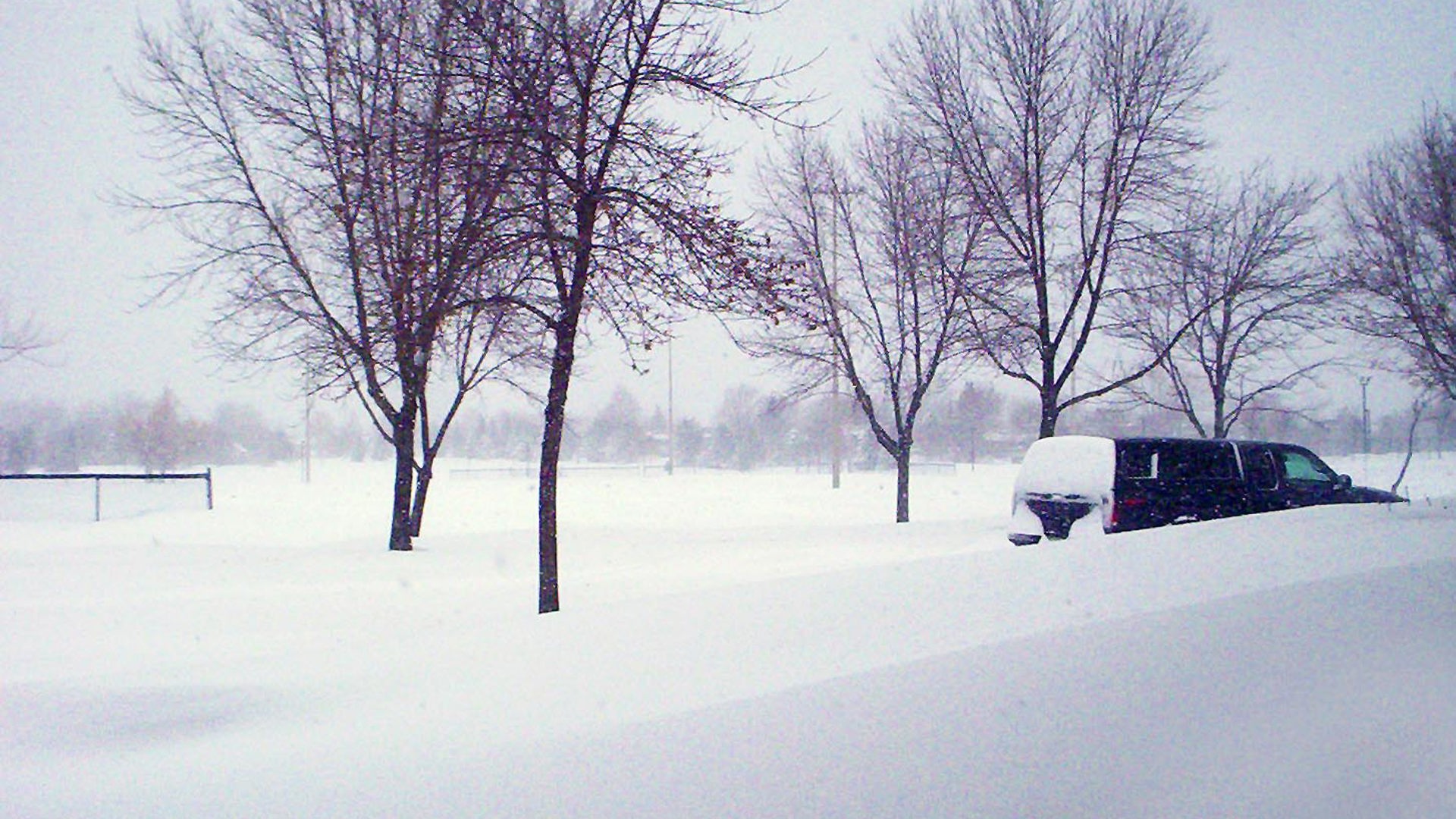You’ve heard the common saying ‘Stuff Happens’. The word ‘stuff’ is, of course, typically replaced by a slightly naughtier word, but the idea remains the same: despite your best efforts and care, unfavourable things can happen without warning, and especially on the move.
This warm-weather travel season, a roadside accident, breakdown, or other mishap can leave your ride stranded on the side of the road, and you along with it. Your family vacation hangs in the balance, your stress level spikes, and your day is likely ruined.
In addition to travelling with a charged cellular phone and a battery booster pack at all times, roadside assistance coverage can be a stress-reducing life-saver in a variety of situations. Whether included with the purchase of your new ride, or added to your older one, here are some considerations.
- Your new vehicle likely includes roadside assistance coverage from the manufacturer, usually for a period of 3 to 5 years from your date of purchase, and often anywhere on the continent. Be aware of the length and area of your roadside assistance coverage, confirming that it is active, and what it covers, before heading out on a lengthy trip. Some automakers offer only basic towing and others offer comprehensive packages including courtesy transportation and reimbursement of travel costs. The answer is in your owner’s manual, or on your automaker’s website.
- When your factory roadside assistance expires, numerous options are available. For a monthly or yearly fee, roadside assistance is available through Costco, Esso, Canadian Tire, CAA, and numerous other businesses. Some even allow you to use gas station bonus points or Air Miles to pay for your membership. Many of these companies offer varying levels of coverage and associated pricing increases, all designed to give shoppers the power of choice, and the ability to fine-tune their coverage to their exact needs and tastes.
- Confirm what’s covered, in case your ride needs to be towed. Some roadside assistance packages only cover the cost of short towing trips, while others cover towing for several hundred kilometers. Especially if you’re driving a specialty brand vehicle, or something that likely won’t have replacement tire and part options available at just any local garage, you’ll likely want to opt for coverage with additional towing mileage allowances.
- After a flat, you’ll likely be able to find replacement tire options for your Corolla or Caravan at most garages, but if you’re driving a 911 or Stingray, chances are, you’re not going to find anywhere with replacement rubber ‘on the shelf’, meaning you’ll have to tow to a dealer, which could be further away.
- Whatever you drive, there’s likely coverage available. Many roadside assistance providers even offer coverage for RV’s and motorcycles, in addition to cars and trucks. Some provide a wallet card, which covers drivers no matter what they’re driving, and others don’t.
- Consider your unique needs. How many cars do you need to cover? How many people drive in your family? Do you frequently travel close to home, or far away? Do you need lockout service? Each provider has different packages that cover various mishaps, and exclude others. In most cases, the cost of stepping to the top-line coverage or adding another vehicle to your coverage plan is relatively affordable.
- Cadillac and Lexus offer some great perks with their roadside assistance coverage. Cadillac offers reimbursement if they’re unable to dispatch one of their preferred roadside assistance responders in a timely manner, and you wind up having to call a different one. If you need towing because of a warranty-related issue, you can get alternate transportation, lodging and meal costs reimbursed. Lexus’s roadside assistance program covers spare key delivery if required, and also includes personalized trip planning services, including customized maps, directories and travel tips, accessible via the roadside assistance program. Other automakers have other perks, too.
- How many dispatches are covered? Some plans only allow for a few roadside assistance calls per year, with others offering eight or more.
- Is winching covered in your plan? Be sure to check, especially if you drive frequently in winter. Winching and extraction of your vehicle are likely required if you slip off of the highway and wind up stuck, though it’s not standard on every roadside assistance package. There’s a difference between towing and winching, and you’ll want to make sure you’ve got coverage for both.
- Here’s a compelling package: the SOS Roadside Service Single Membership Package available through Costco. For $99.99 per year, this plan includes towing up to 250 kilometers, winching and extraction coverage, automatic coverage for members while driving a motorcycle, and even reimbursement of certain expenses incurred as a result of an accident, including emergency accommodations.

